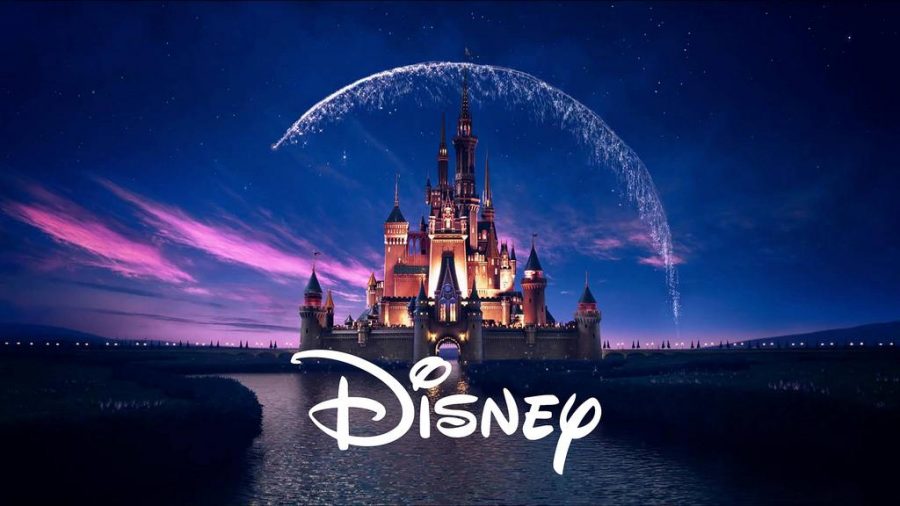Media has always been extremely influential in relation to altering or manipulating ideas and perspectives of the general populace, regardless of the medium. Disney does this with television, cinema and the internet. Contemporary media primarily takes its form on the screen — allowing easy access to audience members almost regardless of location. In fact, with the easy accessibility of media today, one can argue media’s influence has expanded further, with newer technology correlating to further expansion and connection in that field. The idea that media manipulates and domineers is linked to the notion of propaganda. Ideas that have been portrayed in the past in domestic newspapers or television affect the general notions held by the domestic and international viewers. While this idea does not circumscribe the audience to a particular way of thinking, the ideas delineated in the media limit the possible perspectives of the individuals in developed countries where the media has a significant impact.
Yet, these forms of contemporary media are not created equal — some may be more influential than others, depending on the age or ideologies of certain groups. Cinema has seemingly always been one of the most influential mediums, tugging at emotions while portraying prevalent issues to better bring those issues to light. Consequently, in using cinema as a major tool for change, it seems Disney holds the key to our future with their unrivaled ownership of mass media and entertainment that plays a significant role in shaping our ideas.
It was only a few years ago when Disney was criticized for its stereotypical portrayals of female characters as dependent on male characters. With the contemporary change to empower women in modern society, Disney has made its efforts to accommodate. A similar trend is shown towards moving past their historical racial problems. These changes display just how willing Disney is to come up to speed with modern ideology. With the likes of “Frozen” or “Moana,” it seems Disney is attempting to fix its past errors by creating empowered female characters — although they still have a tendency to glorify masculinity, heterosexuality and the occasional racial and gender normative stereotype. That said, Disney took a huge leap forward with its film “Black Panther” by depicting cultural diversity and creating compelling female characters, as well as showcasing diversity in relation to its setting. This spanned from the fictional African country of Wakanda to America, and also to South Korea. With so many of our youth today watching Marvel and its superheroes or “Star Wars” and its myriad worlds, Disney seems to be paving the way for diverse ideas in relation to the stereotypes it helped create. One could argue the youth are unconsciously learning from such films about the diversity prevalent in cultures spanning across the world, empowering children from various groups, as opposed to the uniform empowerment and hope that Disney once provided in relation to both gender and race.
However, one can also argue — due to Disney’s near monopoly of large-scale franchises such as Marvel or “Star Wars” — they are susceptible to altering perceptions negatively, with their aforementioned ideas of glorifying masculinity, heterosexuality and stereotypes still widespread in their films. Disney also has the power to manipulate ideas by spreading newer, different stereotypes in an attempt to break old binaries. It then seems Disney can dictate the ideas of the youth today through their works because so many young fans avidly consume Disney franchises and their respective outlets. Whether they decide to use this influence negatively or positively (though both routes fall into a subjective category), Disney is going to play an extremely significant role in dictating our future.
j.cho@ustudentmedia.com



victoria james • Jun 5, 2018 at 7:21 pm
I did not know that Disney was that pervasive, ie. owning franchises like Marvel, and you are correct in your opinion that they have the power to affect today’s youth. Great article.